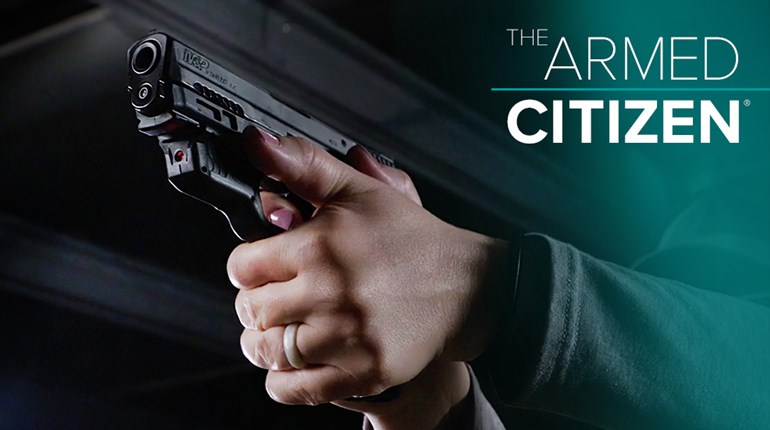
It’s not something that people really want to think about. The sound of breaking glass at 2:00 a.m. or having someone force their way through your door in the middle of the day. It is disturbing to consider these scenarios, yet they are a reality. Home invasion numbers are a cold reminder that the danger is real. According to the Department of Justice, an estimated 3.7 million household burglaries occur each year on average. A household member was present in roughly 1 million of those and became victims of violent crimes in 266,560 such cases. In other words, it can happen. As with any potential danger, however, there are things you can do to prevent such incidents or to deal with them should they happen. and one of the most important things is to develop a home defense plan.

Many people have a general plan of what to do in the event of a fire, yet few have a well-thought-out plan for dealing with a home invasion. Here are some suggestions to help you build a home-defense plan. First, you need to harden your castle. A few modifications can go a long way toward preventing an attack. Installing exterior lights with motion sensors are an inexpensive way to deter would be invaders. Additionally, review your landscaping. Make sure there is no overgrowth near the house that someone could use for concealment. A solid-core wooden door—or even a steel door—can stop an intruder, but include a well-made deadbolt and quality locking system. Windows should have working locks and, if possible, have shatterproof film applied. Another suggestion is an alarm system that can let an intruder know that the police are on their way. Lastly, consider creating a safe room. It does not need to be as elaborate as those portrayed in the movies. Unless you have the foresight to have such a room built into your house to begin with, you can do an “after-market” safe room. This can be any room where you can safely shelter until police arrive. Walk-in closets, small interior rooms or any other fortifiable space can work well. Here are some things your safe room needs. The door should be solid wood or steel with a well-made deadbolt and quality door hardware. A steel frame is encouraged. The room should have a light, with the switch inside the room, and a power outlet. A phone charger, flashlight, first-aid kit, water and a firearm with extra ammunition should be kept in it.

When you start developing your plan, the first thing to remember is to keep it simple. Complicated action plans rarely work in the face of terrifying stress. That said, the actions you take during a home invasion are dictated by one key factor—are you alone in the home? If you live alone, security professionals encourage you to stay put in a safe room. Do not leave it in order to search your house. Create a defensive position and call 911. Position yourself with something between you and the door to your safe room. This allows you to see anyone entering the room and provides some concealment. I am a dedicated believer in having a firearm as an essential part of my home-defense plan. A firearm allows you to defend your life should the intruder turn his aggression toward you. I also encourage you to seek professional training in the defensive use of a firearm and in staying safe in your home in general.
The only time you should leave the safe room is if there are others inside the home with you, specifically children. You need to move through your home quickly and safely to secure your children. In doing this, remember that you are not a SWAT team. The tactics used by a homeowner are quite different from law enforcement because the goals are different. Your goal should be to get to your family as quickly and as safely as you can. So make sure your plan addresses how you will get to the kids, what route you will take and what you will do once you have them. While the moving parts are endless and are determined by the layout of your home, here are a few suggestions. Try to move to your children in a way that allows you to maximize concealment without sacrificing speed. I suggest that a firearm be part of your action plan as there is a chance that you will end up face-to-face with the intruder and have to fight for your life. Having a firearm and training can improve the odds in such an encounter.
As with any plan, it is helpful to rehearse it. If you have a spouse and older children, include them in the drill and practice working as a team. If your children are still very young, explain that they should stay put or hide in a designated spot and that you will come to get them. Rehearsal is priceless and can help should something terrible happen. Keep a flashlight handy. While some handguns are fitted with lights, they are not optimal for searching. A handheld light is a valuable tool when moving through your house at night. Keep your cell phone beside your bed as close proximity allows you to call for help immediately.
The development and use of a home-defense plan can help you survive a home invasion, but it requires serious thought and planning. In the end, if the worst-case scenario happens, you need to move quickly and execute your plan with intent and purpose. After the dust settles, you will be happy you had a plan.


































